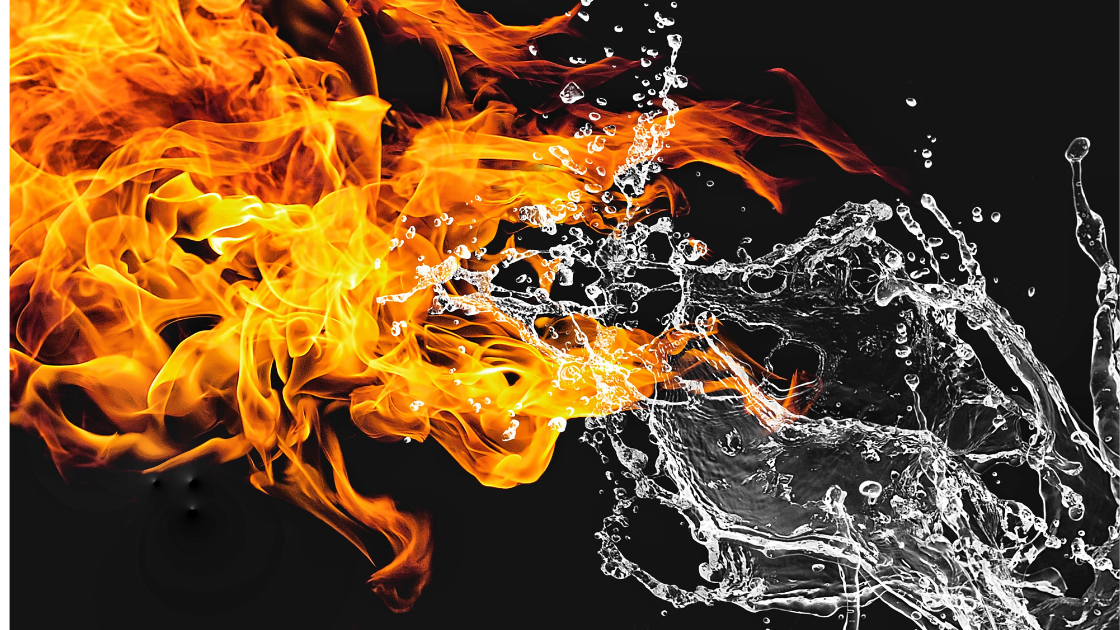Would You Personally Choose Alkaline Hydrolysis?
Answers from Random Joes off the Street on First Exposure to the Concept
Resomation, aquamation, water cremation; whatever you call it, PR gets challenging when your product is alkaline hydrolysis (AH). Dissolving a body in lye and hot water under pressure into gallons of sterile effluent that typically gets flushed into the wastewater system? Expect a bit of a tough sell to the uninitiated with that one.
Yet it’s undeniably a growing trend as greener alternatives to traditional options are sought and more and more states make the option legal. Touted as a softer, gentler alternative to the standard, “putting Granny in a warm bath versus a hot fire” doesn’t really blunt the impact that comes with understanding the AH process. Once you know, is fire really worse? 302 degrees might not seem high compared to the 1800 degrees fire cremation can achieve, but 302 is still a hundred degrees hotter than boiling water. That isn’t really a bath you want to take.
Who Does This Kind of Thing?
But bearing unpleasant, unwelcome, unexpected news often comes with the job. Now that at least 22 states have legalized alkaline hydrolysis, many of our readers have undoubtedly already had the experience of introducing someone to the process as a (usually) surprising alternative. So for those whose first time helping a loved one consider options including AH, we put together a small, informal, utterly unscientific experiment, based on a “control group” of potential clients.
A number of non-industry individuals were asked whether they’d consider AH personally. The process was detailed objectively, called “water cremation,” and described with the major steps — water and lye, added pressure and heat, agitation, eventual resulting material, along with what happens to it afterward. Questions on the process answered included impact to the environment, time required from start to finish, and cost comparisons with more traditional methods.
No Middle Ground
Responses were diametrically polarized. There was no in-between: proponents — a 20% minority — accepted the option promptly, without hesitation. Every one of them celebrated the eco-friendliness of the process. One individual paused only to clarify only that the effluent posed no danger to the wastewater system it would be flushed into before giving “consent.”
The other 80% were resistant to the idea for reasons they couldn’t articulate. Upon discussion, hesitance usually took the form of resistance to something about the nature of the process that felt not only violently destructive, but irreverent, even blasphemous. About half cited feelings of disrespect to the deceased as the source of their resistance. The most squeamish recoiled with outright horror. (The most resistant also rejected fire cremation as an alternative for the same reasons of its seeming too “destructive” or “violent” an option.)
In a debate, one instantly-accepting proponent said to one of those most opposed, “[t]he process is only an acceleration of the natural decomposition process of a body returned to the soil anyway.” The resister responded with “[a]ll of life’s ultimate result is death, but does that mean you should just kill yourself now to accelerate the natural process?”
Alrighty, then.
Well, at least we have greener options; a definite win. But what can possibly come next?
Thanks to Connecting Directors contributing writer Jennifer Trudeau for this piece!




